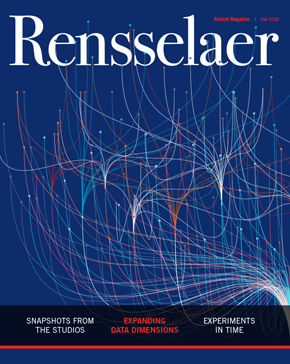
Biomedical Engineering
Success of Blood Test for Autism Affirmed

One year after researchers published their work on a physiological test for autism, a follow-up study confirms its exceptional success in assessing whether a child is on the autism spectrum. A physiological test that supports a clinician’s diagnostic process has the potential to lower the age at which children are diagnosed, leading to earlier treatment. Results of the study, which uses an algorithm to predict if a child has autism spectrum disorder (ASD) based on metabolites in a blood sample, appeared in the June edition of Bioengineering & Translational Medicine.
“We looked at groups of children with ASD independent from our previous study and had similar success. We are able to predict with 88 percent accuracy whether children have autism,” says systems biologist Juergen Hahn, lead author, and professor and head of biomedical engineering. “This is extremely promising.”
It is estimated that approximately 1.7 percent of all children are diagnosed with ASD, characterized as “a developmental disability caused by differences in the brain,” according to the Centers for Disease Control and Prevention. Earlier diagnosis is generally acknowledged to lead to better outcomes as children engage in early intervention services, and an ASD diagnosis is possible at 18 to 24 months of age. However, because diagnosis depends solely on clinical observations, most children are not diagnosed with ASD until after 4 years of age.
Rather than search for a sole indicator of ASD, the approach Hahn developed uses big data techniques to search for patterns in metabolites relevant to two connected cellular pathways (a series of interactions between molecules that control cell function) with suspected links to ASD.
The new study applies Hahn’s approach to an independent dataset. To avoid the lengthy process of gathering new data through clinical trials, Hahn and his team searched for existing datasets that included the metabolites he had analyzed in the original study. The researchers identified appropriate data from three different studies that included a total of 154 children with autism conducted by researchers at the Arkansas Children’s Research Institute.
The team used their approach to recreate the predictive algorithm, this time using data of the 22 metabolites from the original group of 149 children. The algorithm was then applied to the new group of 154 children for testing purposes. When the predictive algorithm was applied to each individual, it correctly predicted autism with 88 percent accuracy.
“The most meaningful result is the high degree of accuracy we are able to obtain using this approach on data collected years apart from the original dataset,” says Hahn. “This is an approach that we would like to see move forward into clinical trials and ultimately into a commercially available test.”















